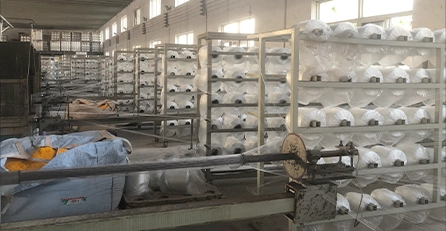vacuum hose
Understanding Vacuum Hoses Function, Types, and Importance
Vacuum hoses play a critical role in various applications, particularly in automotive systems, industrial processes, and household appliances. These flexible tubes are designed to transport air or fluids under vacuum conditions, ensuring efficient operation and effective performance of equipment.
At the heart of many systems, vacuum hoses are responsible for creating and maintaining a vacuum. They can be found in diverse environments, from the brake systems in vehicles to dust collection units in workshops. Understanding their function and types can significantly enhance equipment efficiency and longevity.
Function of Vacuum Hoses
The primary function of a vacuum hose is to convey materials or air under vacuum conditions. In automotive brake systems, for example, the vacuum hose connects the brake booster to the engine’s intake manifold. This connection allows the brake booster to amplify the force applied to the brake pedal, resulting in more effective braking performance. In industrial settings, vacuum hoses are often used in material handling systems, where they transport powders, granules, or liquids.
Types of Vacuum Hoses
Vacuum hoses come in various materials and sizes, each designed for specific applications. Common materials include rubber, PVC, and silicone, each providing different levels of flexibility, temperature resistance, and durability.
vacuum hose

1. Rubber Hoses Typically used in automotive applications, rubber hoses are known for their durability and ability to withstand varying temperatures. They are often reinforced with fabric or steel to prevent collapse under vacuum pressure.
2. PVC Hoses Lightweight and flexible, PVC hoses are widely used in household appliances and light industrial tasks. They offer good resistance to chemicals and are relatively inexpensive, making them a popular choice for many applications.
3. Silicone Hoses Known for their high-temperature resistance, silicone hoses are ideal for applications where heat can be a concern. They are commonly used in performance vehicles and high-temperature industrial processes.
Importance of Proper Maintenance
Maintaining vacuum hoses in good condition is essential for the optimal functioning of any system. Cracks, leaks, or wear can significantly reduce performance, leading to inefficiencies or even system failures. Regular inspection for signs of damage, coupled with appropriate replacement when necessary, can prolong the life of equipment and ensure reliable operation.
In conclusion, vacuum hoses are a vital component in numerous applications. Understanding their functions and types can help users make informed decisions regarding their purchase and maintenance, ultimately leading to enhanced performance and reliability of the systems they support. Whether in vehicles, industrial machines, or household appliances, these flexible tubes are more important than they might appear at first glance.
-
Top Quality Oxy Acetylene Hoses for Sale Fit for Welding DemandsNewsJul.28,2025
-
The Future of Pneumatic Air Tubes in IndustryNewsJul.28,2025
-
Superior and Reliable LPG Hose Pipe Solutions for Every NeedNewsJul.28,2025
-
Exceptionally Durable and Versatile Premium Braided PVC TubingNewsJul.28,2025
-
Best Adapters for Connecting Garden Hose to PVC Pipe ConnectionsNewsJul.28,2025
-
The Essential Role of LPG Hoses in Safe and Efficient Gas DistributionNewsJul.16,2025














